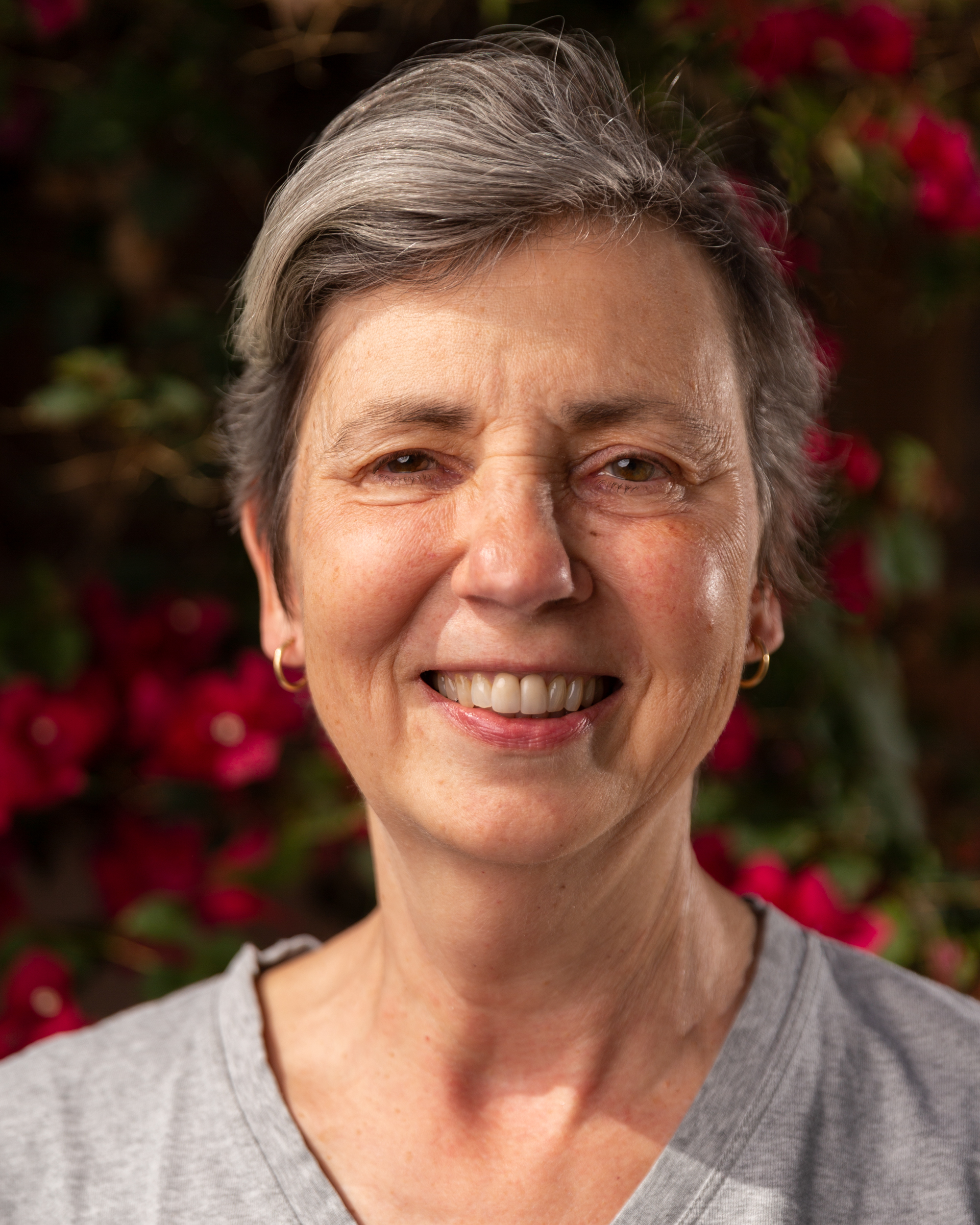I am no longer accepting graduate students as I am close to retirement.
My research centers on the social and cultural history of the United States, with interests in gender, labor, crime, and childhood. The Female Economy focused on the custom dressmaking and millinery trades, underscoring the gendered consequences of economic change—what was lost and what was gained as a nineteenth-century "female economy" largely controlled by women gave way to a twentieth-century clothing industry largely controlled by men. The Boardinghouse in Nineteenth-Century America examined how the ubiquitous but much-maligned boardinghouse helped to construct the very idea of home and the ways in which landladies and boarders negotiated powerful-if often illusory-dichotomies between home and market, public and private, love and money, boardinghouse and home. The Notorious Mrs. Clem was selected as an “Editor’s Choice” by the New York Times Book Review and represents Indiana in the NYTBR's "50 States of True Crime." It analyzes the social, cultural, and political consequences of a murder that dominated public commentary in Indiana (and at times, in much of the nation) from the late 1860s until the 1890s. At its center is a remarkable figure, Nancy E. Clem—by turns a barely literate farm girl, respectable urban housewife, ambitious mother, supposed originator of the Ponzi scheme, alleged (and probably actual) murderess, itinerant peddler of patent medicines, and self-described “female physician.” I use her story to illuminate the social history of capitalism, the political economy of nineteenth-century marriage, shifting constructions of social class, and changing configurations of urban space.
I am currently at work on two projects: a study of late-nineteenth-century “baby criminals” (very young children who committed “crimes”) and a book on the history of household hazards from the eighteenth century to the present.

 The College of Arts + Sciences
The College of Arts + Sciences